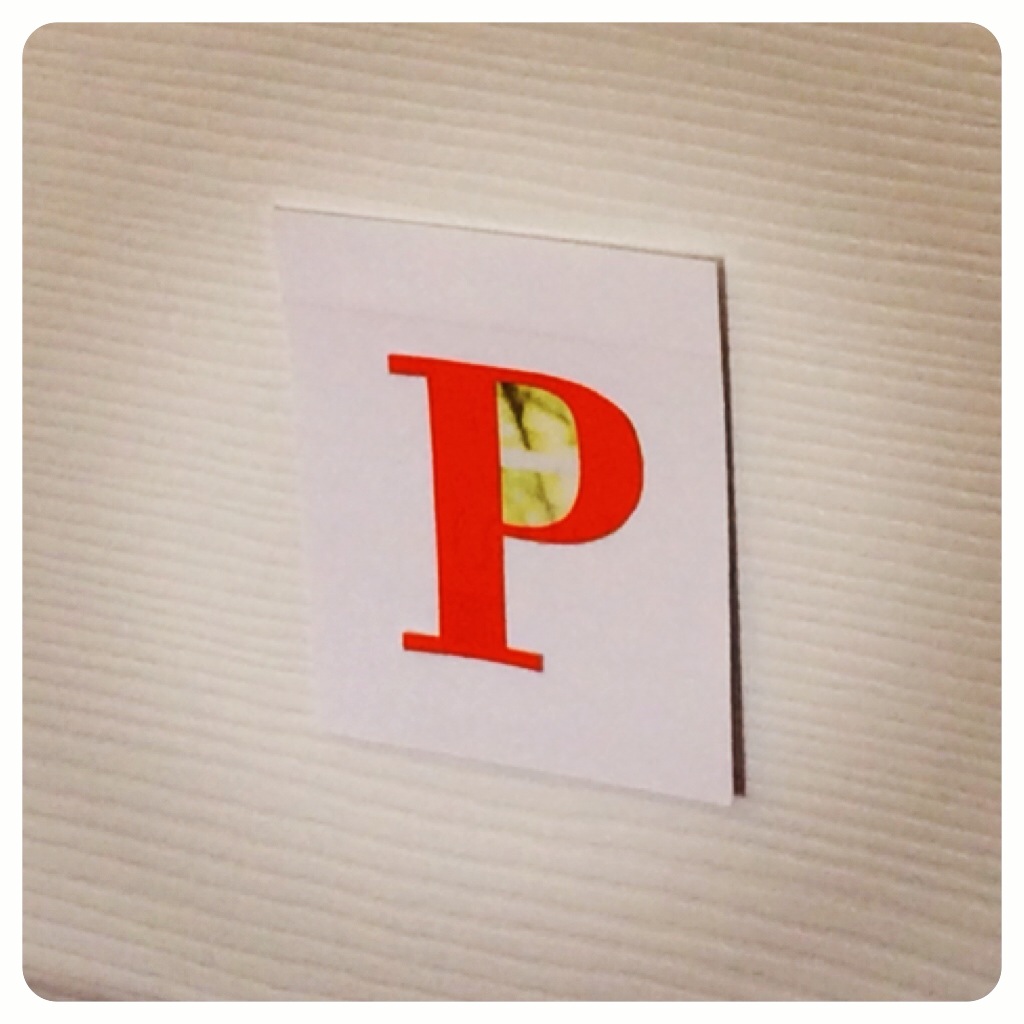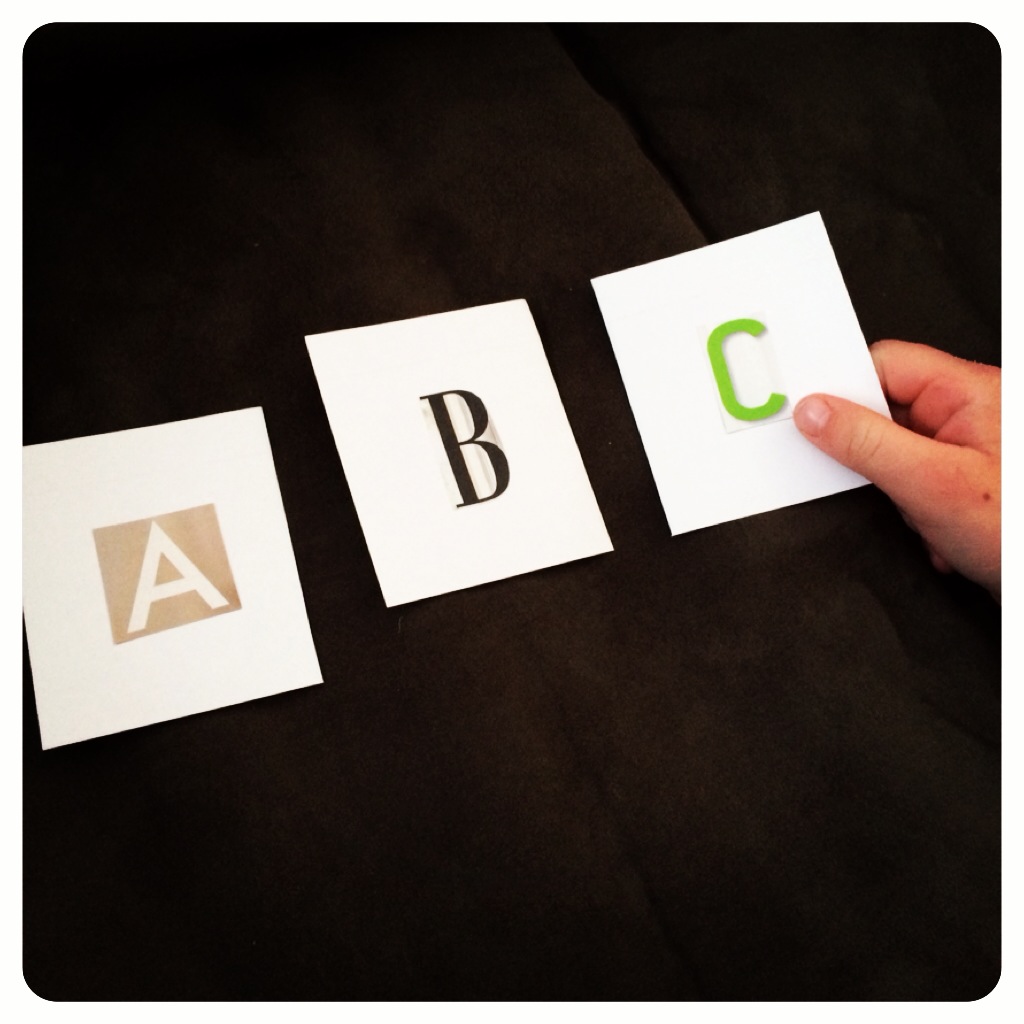Independent Reading with Book Boxes
In teaching reading, providing children with time to explore texts on their own, is equally as important as teaching whole group Shared Reading lessons and small group Guided Reading lessons. When I began my teaching career in 1st grade, I thought a good classroom library was all you needed to provide for independent practice. Children would make great reading choices and pick books that they are interested in and can read on their own. A good classroom library is important and free choice in books should be incorporated into any classroom and home reading program. However, it's also a great idea to intentionally provide children with easy, familiar texts and materials so they can explore reading independently. Rereading books builds confidence and fluency as emergent and beginning readers develop their literacy skills.
Building confidence is so important to reading. I cannot tell you how many times as a teacher (and mother), I have heard students (and my son) say, "I can't read." Well there are a variety of ways to "read" beginning with the most basic form of reading, which is "pretend reading" or telling the story through pictures. My 3-year old daughter is a master storyteller simply by flipping through pictures books and telling what is happening in the story based on the illustrations. It also helps that she has particularly good listening comprehension skills and remembers certain events in the story after listening to me read it a few times.
After picture reading, emergent readers usually begin working short patterned texts to build Concept of Word. These would be books that tell a familiar song or rhyme such as Wheels on the Bus or a book with one sentence on the page. The only changing word on each page would be the last word with a clear picture of the last word above the text. For example, each page in the book pictured below says, "I like ____." The blank word changes on each page with a clear picture of item above.
After students develop Concept of Word, they realize that each printed word on the page matches with a spoken word when reading. Then students become beginning readers. Students stay in this stage of reading for a while. During beginning reading, children are learning sight words and are using their knowledge of letter sounds to sound out a.k.a. decode unknown words. As students progress through reading levels, picture support lessens and illustrations become more advanced.
My six year old son is smack dab in the middle of the beginning reading stage. He is very aware of words and wants to "memorize" them all instead of learning to decode them or taking the time to figure them out. My challenge this summer has been finding the perfect balance of hard versus easy. He likes easy, quick, straightforward so if I give him a book where he has to figure out a lot of words, he becomes frustrated almost immediately. For example, before school let out we tried Ten Apples Up on Top by Theo LeSieg (a.k.a. Dr. Seuss). Now, this text equates to an end of 1st grade reading level, when he typically reads on a mid-1st grade reading level. It contains many simple sight words, but like most books written by Dr. Seuss it is very, long. He did pretty well and since it was a harder book we shared the reading. He read the words that he knew and I jumped in with the words he didn't. A few weeks ago, I asked my son to go get a book to read to me. He went to his shelf and picked Ten Apples Up on Top and started to read. About halfway through the story he became very excited and said, "Hey, I know these words. I can read."
At that moment, I realized that although he has hundreds of books on his bookshelf, I could provide him with a more focused Book Box of comfort reading. Books to help build confidence. I also put one together for my daughter, because although she is still working on learning her alphabet and letters sounds, she desperately wants to read like her big brother.
Independent reading should be easy, so Book Boxes should be comprised of books and materials that children are familiar with or know how to read and use on their own. You can use any type of small shoe box or bin for Book Boxes. I've used plastic shoe boxes and old baby-wipe containers in the classroom, because buying 20 plus special Book Bins can get pricey. Since I only have two children at home, I bought a set of three organizers at Target for $1.99. (By the way, back-to-school is a perfect time to buy cubed bins and organizers). Here's what my daughter's Emergent Reader Book Box looks like.
And here is a close up of the materials.
She only has a few books in her box. One Sofia the First picture book to "pretend" read by looking at the illustrations and telling her story. A board book on baby animals with one animal and it's name printed underneath the picture. Simple label and picture books are a great Emergent reading tool because children are "reading" by saying picture names. She also has a board book on Colors because she knows her colors and can practice naming items that are on the pages. We have read Five Little Monkeys Jumping on the Bed about a million times, so that is her familiar rhyme text. She could literally tell that rhyme with her eyes closed.
It's also important to include reading support materials. The wand and witches finger are great pointers. Emergent readers begin tracking and pointing to words on a page, which is much more exciting with a special pointer than a plain pointer finger. The star glasses are cheap sunglasses that I bought through Oriental Trading. I simply popped out the lenses and they are what I like to call "magic reading glasses". Many children love the idea of "magic reading glasses" that help them learn to read. Since she is learning her alphabet, I also put a set of flash cards in her box so that she can practice identifying and saying her letters.
My son's Beginning Reader Book Box is pretty similar, but his materials are geared toward his reading level as well.
And here is a close up of his materials.
His box contains more books, but they are all books that he has read with me at some point. There is also a lot of variety in the the reading level of the books in his box. There is a pretty good mixture of easy and harder books, as well as shorter and longer stories. I also try to mix in books that he has written or made at school. He loves to reread simple books that he has made, such as the 'did book'. His box also contains a variety of pointers (he is moving out of the tracking stage, but still likes to finger point to keep his place at times). He also has his very own set of "magic reading glasses" and some sight word rings that he used in Kindergarten for practice and review. Also, it's important to remember to keep the Book Box fresh. Changing out materials weekly, helps to keep it exciting and new.
So I know what you're thinking, okay great, I know what to put in my Book Box, but how do I use it? Book Boxes are great for quiet times. Sometimes I use them if I need to get something done or if I think my kids need some down time, but I don't want them playing with electronics or watching t.v. It's also great if you're running out of time in your day and you haven't had time to read a new book; you want to get in some reading time, but don't necessarily have time for a reading lesson. Also, my son loves to pick his own books to read, so "go pick a book to read from your book box," sounds much better than the mommy pick--at times. In the classroom, I used Book Boxes during literacy workshop time as a job students can do independently while I read with my Guided Reading Groups. I also used them for early finishers to help keep the classroom relatively quiet while other students finished their reading.
Whether you homeschool, teach in a classroom, or simply want to provide your child with extra reading support at home; Book Boxes are a great way to provide your child with structured but independent reading time. The more your child reads, the better reader he/she will become.








